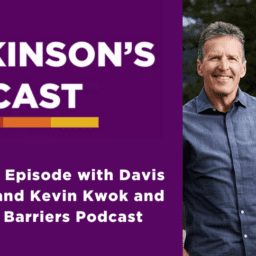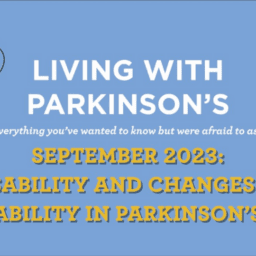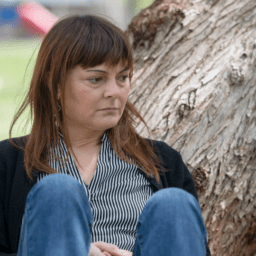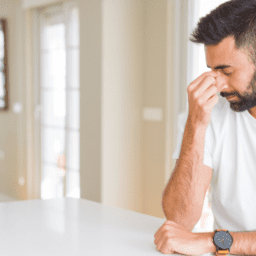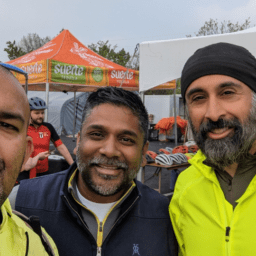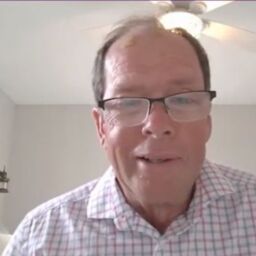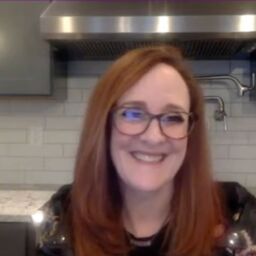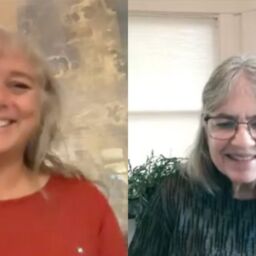Along with our special guest Davis Phinney, our YOPD Council recently shared advice and personal stories about the many ways exercise helps them and can help others, live well with Parkinson’s. During this session, the members of our Council discussed:
- How to start an exercise program when you haven’t exercised in years, or maybe ever
- Tiny habits that can make or break your exercise routine
- How to know when exercise is too much or not enough
- How to adjust your exercise schedule around possible fatigue, pain, apathy, and other obstacles
- How to stay motivated
- And much more
You can watch the video below.
You can listen to the audio here.
SHOW NOTES
STAYING MOTIVATED
- Create an upbeat playlist to listen to as you exercise
- Find a workout buddy to help hold you accountable (while also making your workouts more fun)
- Choose exercises you truly enjoy
- Mix up your workouts, incorporating cardio, yoga, resistance training, stretching, pilates, tai chi, and more. The variety will keep you engaged
- High-intensity trainin7g is important for cardiovascular health and reducing symptoms of Parkinson’s
- Exercise is medicine for people with Parkinson’s. Think of it as non-negotiable
- Exercise can help you connect with others. Having a space to catch up with others in your exercise class can keep you connected and energized
OVERCOMING OBSTACLES
- Fatigue is real! When it hits, take care of yourself. Take a nap, then exercise when you’re feeling more alert
- Identify your ideal workout times and try to schedule your plans around them
- Choose exercises that are appropriate for you. If you have concerns about biking outdoors, for example, try a stationary bike or a dance routine Find ways to keep your heart rate up while staying safe
- Fatigue can be brutal, but remember that exercise helps with sleep (and relieving constipation, minimizing depression and anxiety, and so much more)
- When circumstances arise that force you to make adjustments, like COVID-19, look for new ways to exercise. Make your own free weights at home. Join a virtual dance class. Set up workout stations (like a sit-up corner, squats stair, push-up hallway) to remind you to get moving. Look at times like this as a way to try exciting new things
- Take little steps to get moving on days when you feel unenthusiastic about exercising, even steps as small as putting clothes away one item at a time
- Create a trigger to solidify a behavior you want to become habitual
- Find ways to incentivize yourself to exercise, like purchasing new workout clothes or shoes (or a pet you need to walk every day)
FIND YOUR “MOUNTAIN”
- Book an “exercise trip” to give you something to look forward to and train for at the same time.
- Think about your favorite types of exercise and why you love them. If it’s safe and healthy for you to get back into those that you haven’t done in a while, set a goal to make that happen.
LINKS/RESOURCES DISCUSSED
- Trial Health AI
- Pedaling for Parkinson’s™
- PenAgain
- Parkinson Wellness Recovery
- European Parkinson’s Disease Association
- International Parkinson’s and Movement Disorder Society
ADDITIONAL RESOURCES
Moments of Victory®: MK Chandler Shares the Importance of Exercise and Attitude
How to Increase Exercise Sustainment While Living with Parkinson’s
High-Intensity Exercise Helps Slow Progression of Parkinson’s
Why Exercise Is Medicine for People with Parkinson’s
How to Exercise with Parkinson’s
WANT TO WATCH MORE WEBINARS ON HOW TO LIVE WELL WITH PARKINSON’S?
You can find our entire library of upcoming and past webinars here.





